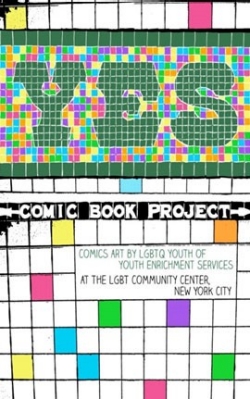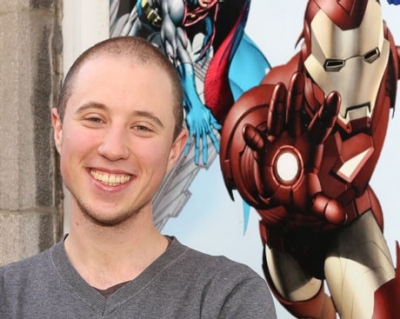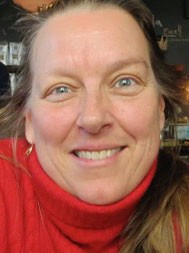Enter the LGBTQ community centre, a safe place where queer youth can socialize. Michel Levesque, MA (art ed.) 14, explored the notion of such a centre as a good environment for learning.
Levesque spent eight weeks teaching what he knows best — making comics — and understanding its impact on youth. He was supported by the Social Sciences and Humanities Research Council of Canada and his supervisor, Kathleen Vaughan, associate professor in Concordia’s Department of Art Education.
“Comic making is my art and was the focus of my bachelor’s degree at the University of Victoria,” Levesque says.
“My goal after completing my BFA, which developed through teaching comics in community settings, was to use this unique storytelling medium to empower communities such as gay youth.”
He went to New York City to teach his craft at a LGBTQ community centre.
“At this centre, youth had the opportunity to be public about their identity,” he says. “They were relaxed and could be themselves. I wanted to see how this affected their learning to determine if it provided a positive experience — one where they could gain a deeper understanding of themselves.”
 Digital comic book cover designed by Michel Levesque, presented to the LGBT Community Center in New York City | Photo credit: Michel Levesque
Digital comic book cover designed by Michel Levesque, presented to the LGBT Community Center in New York City | Photo credit: Michel Levesque
 Michel Levesque’s research brought him to the LGBT Community Center in New York City. | Courtesy of Michel Levesque
Michel Levesque’s research brought him to the LGBT Community Center in New York City. | Courtesy of Michel Levesque
 Kathleen Vaughan, associate professor in Concordia’s Department of Art Education | Courtesy of Kathleen Vaughan
Kathleen Vaughan, associate professor in Concordia’s Department of Art Education | Courtesy of Kathleen Vaughan